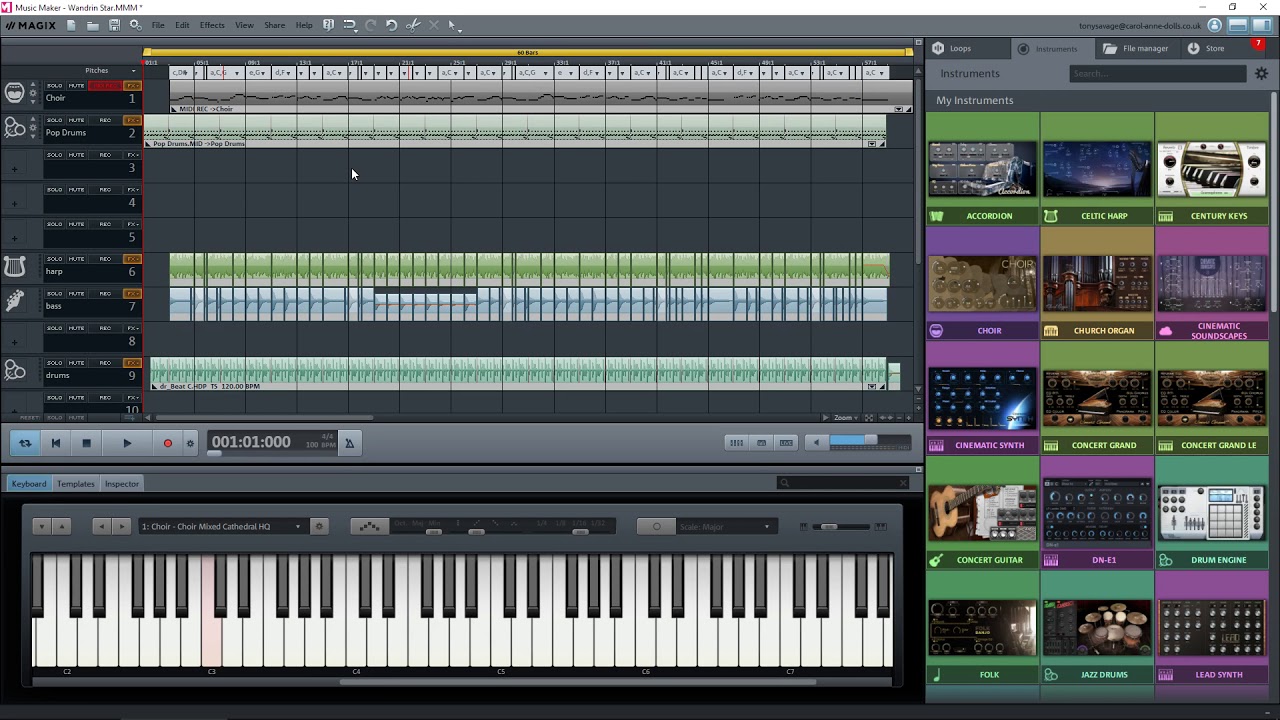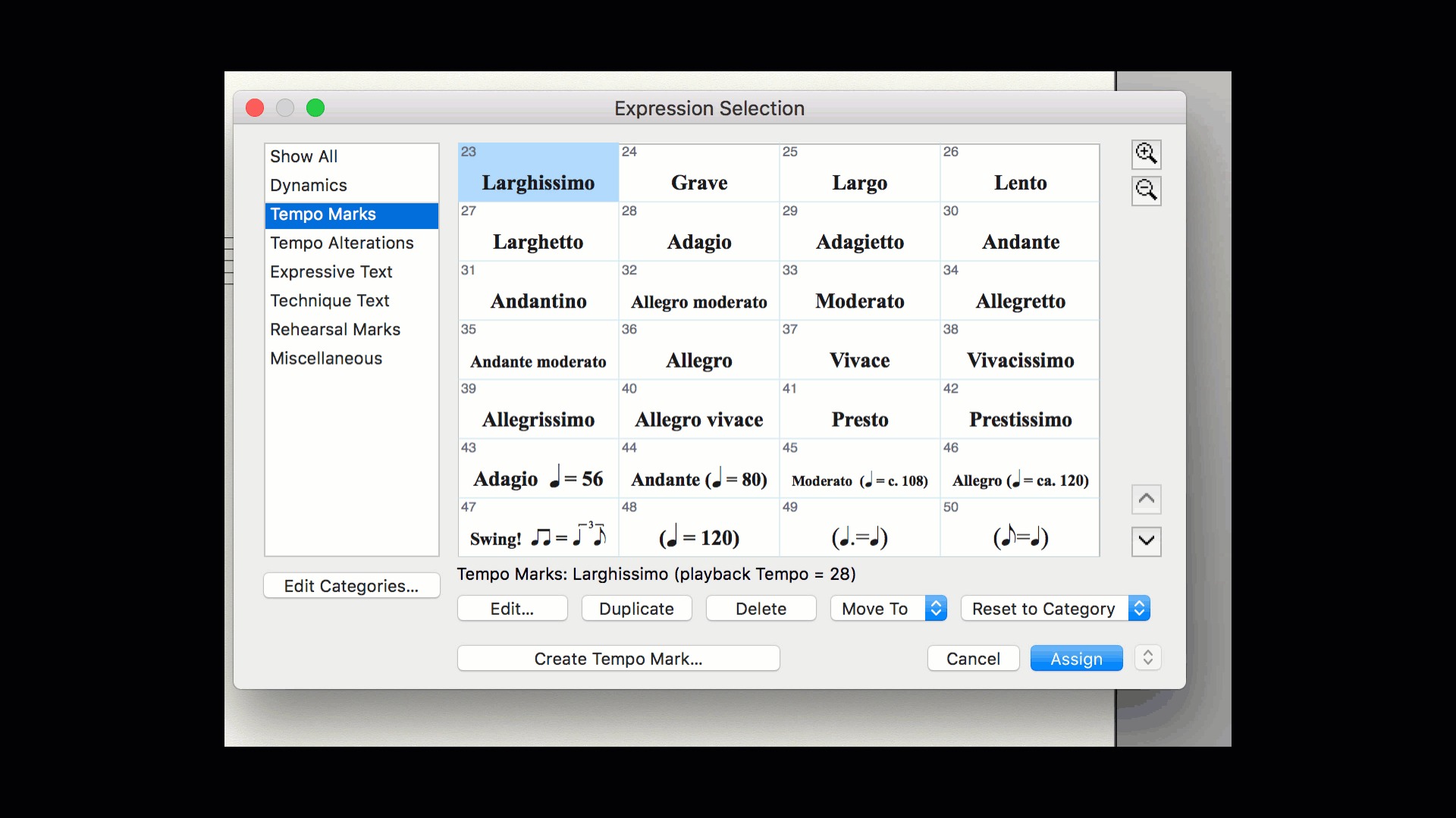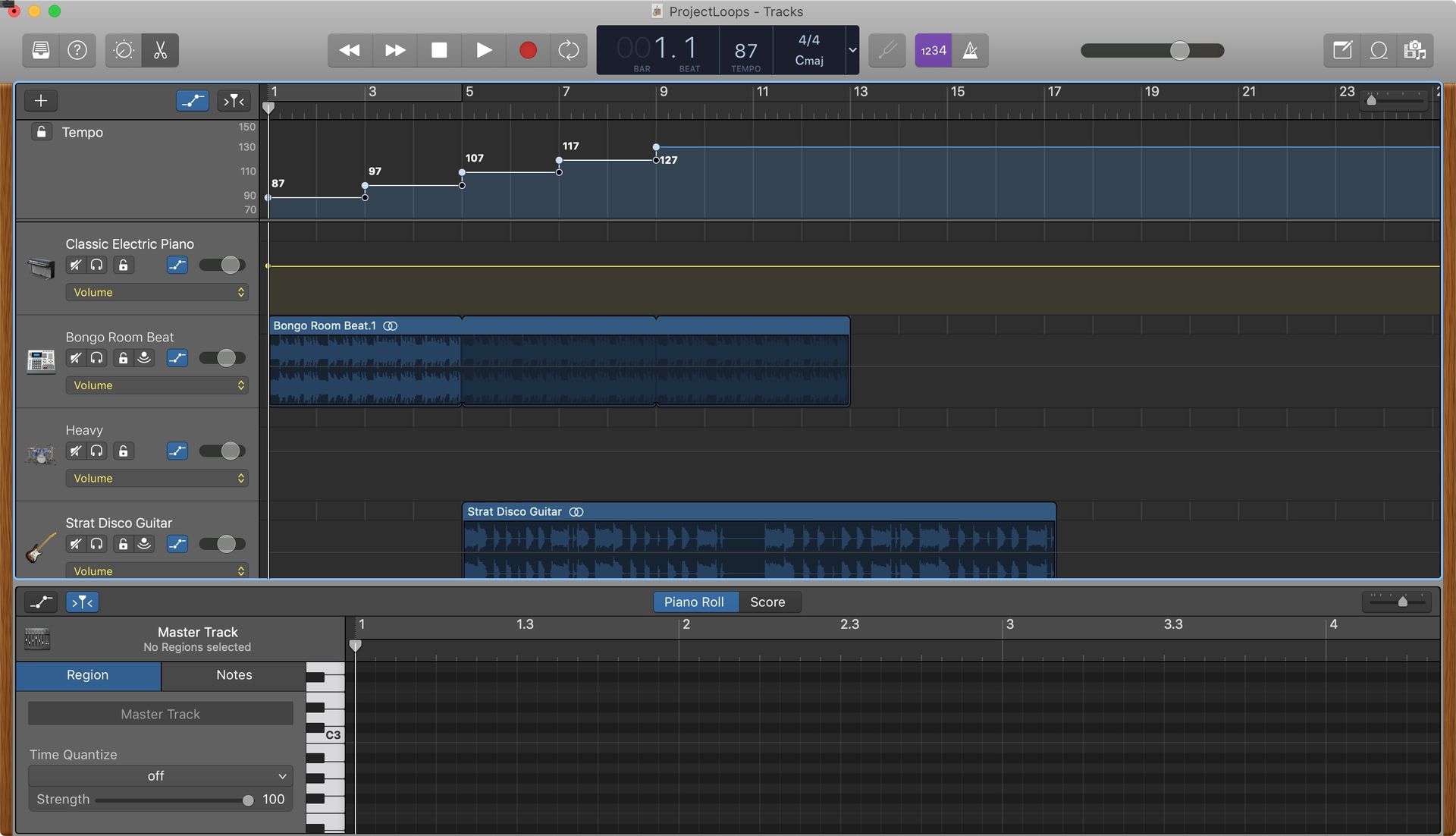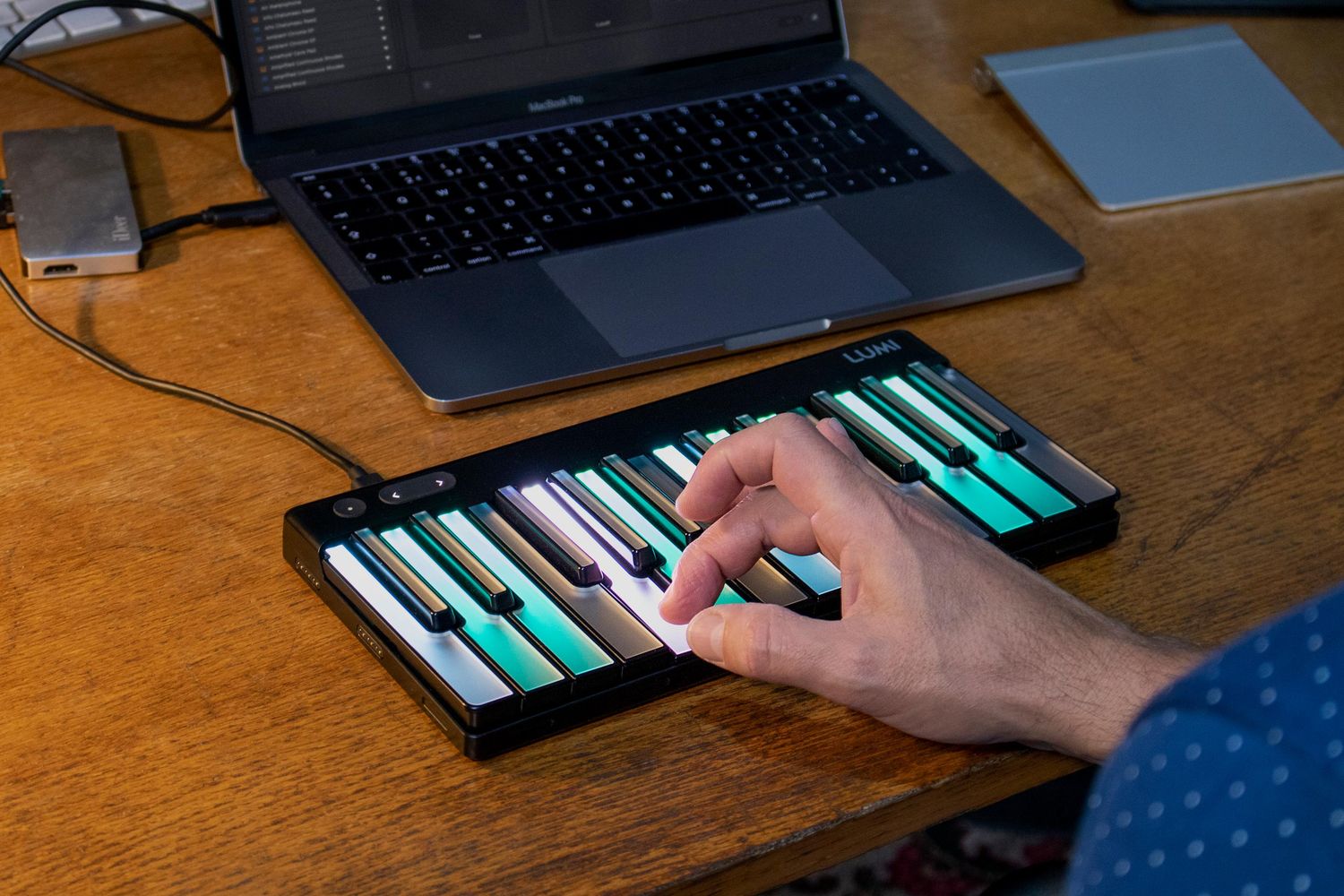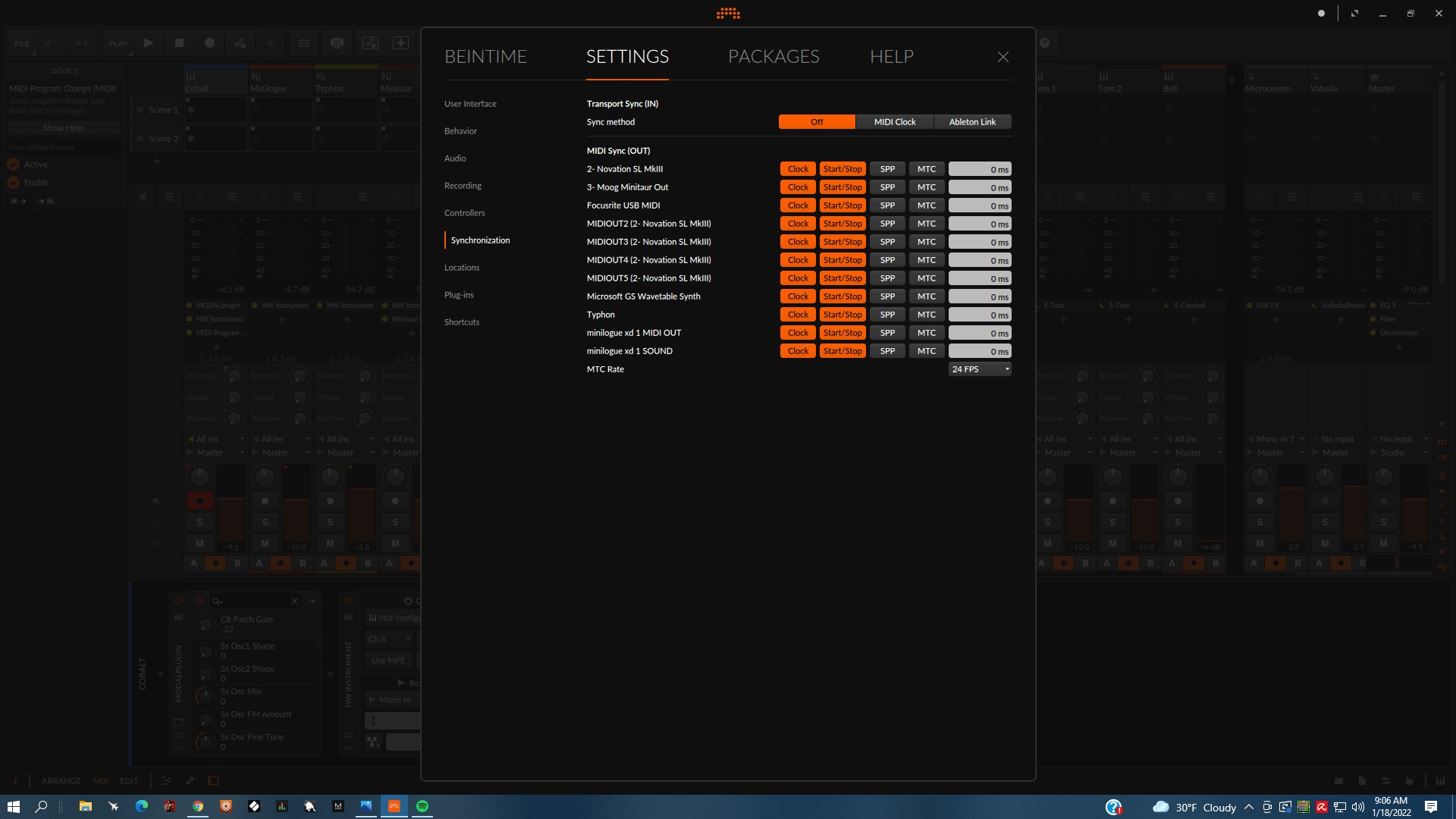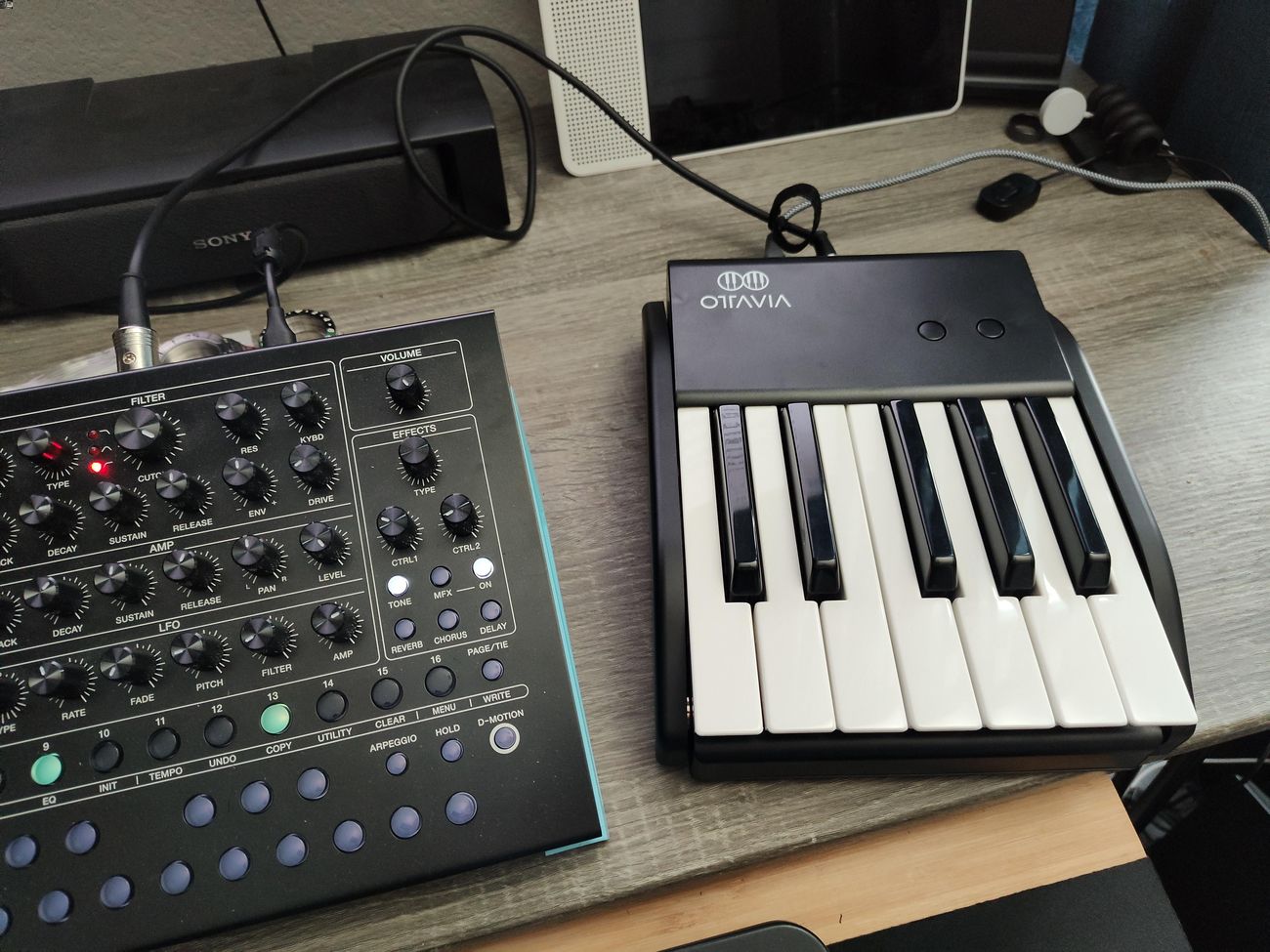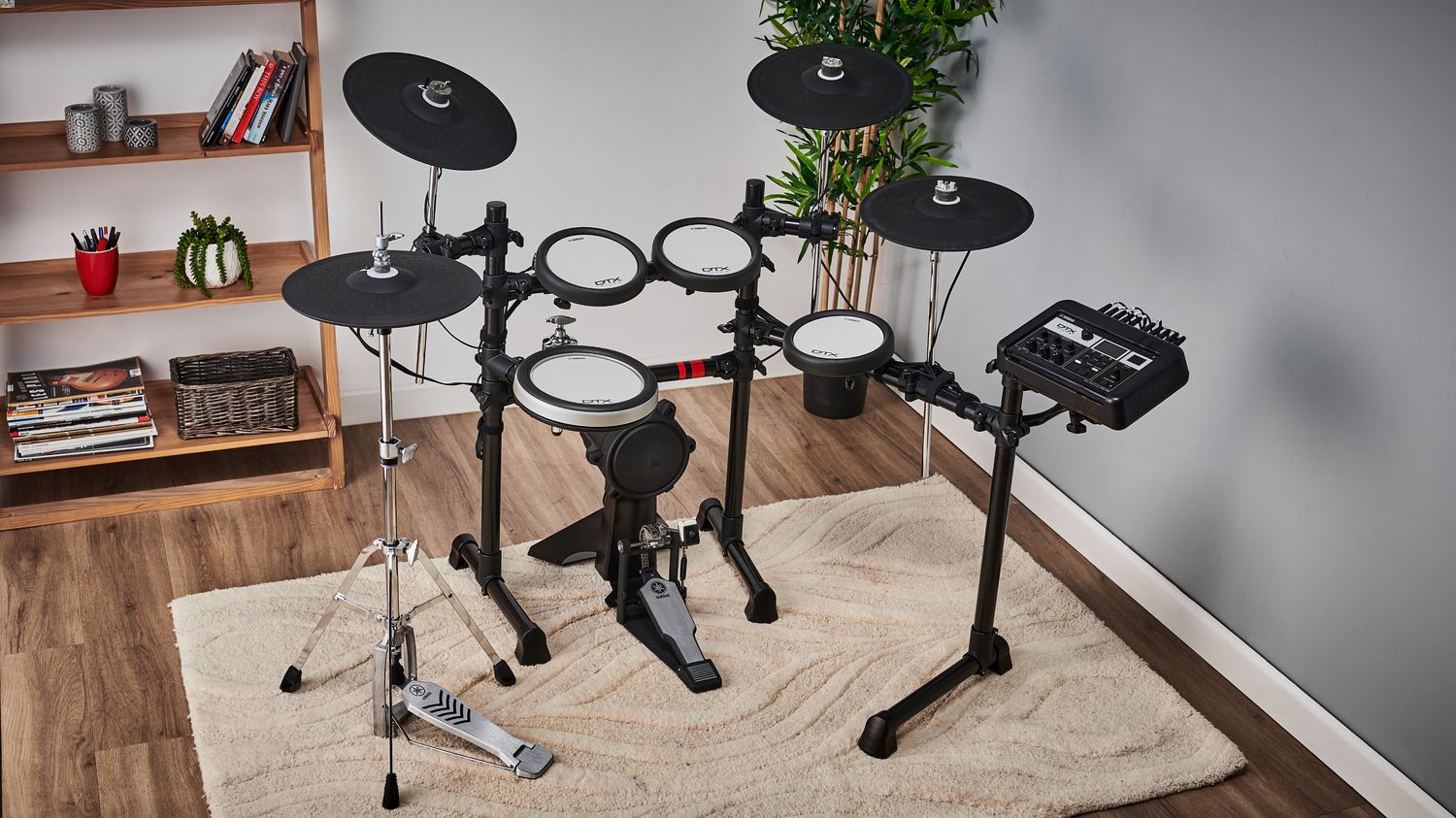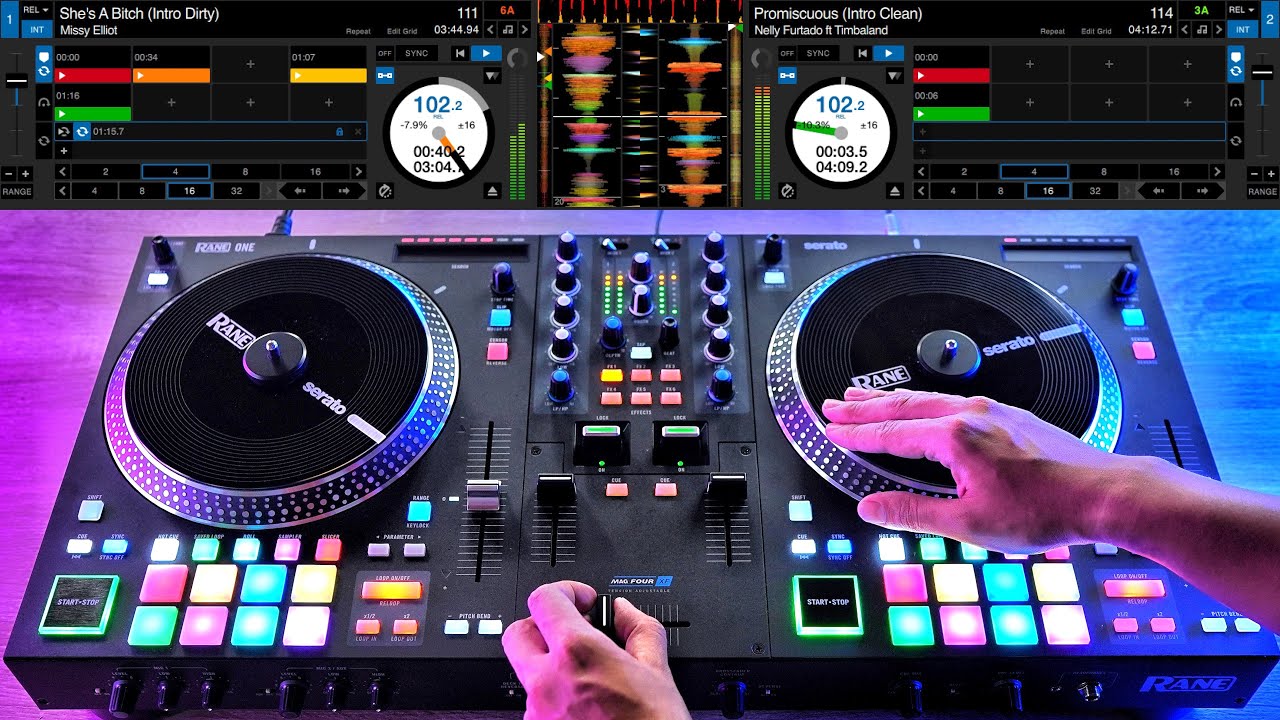Home>Production & Technology>MIDI>How To Change Tempo Of MIDI Clip Without Changing Master Tempo
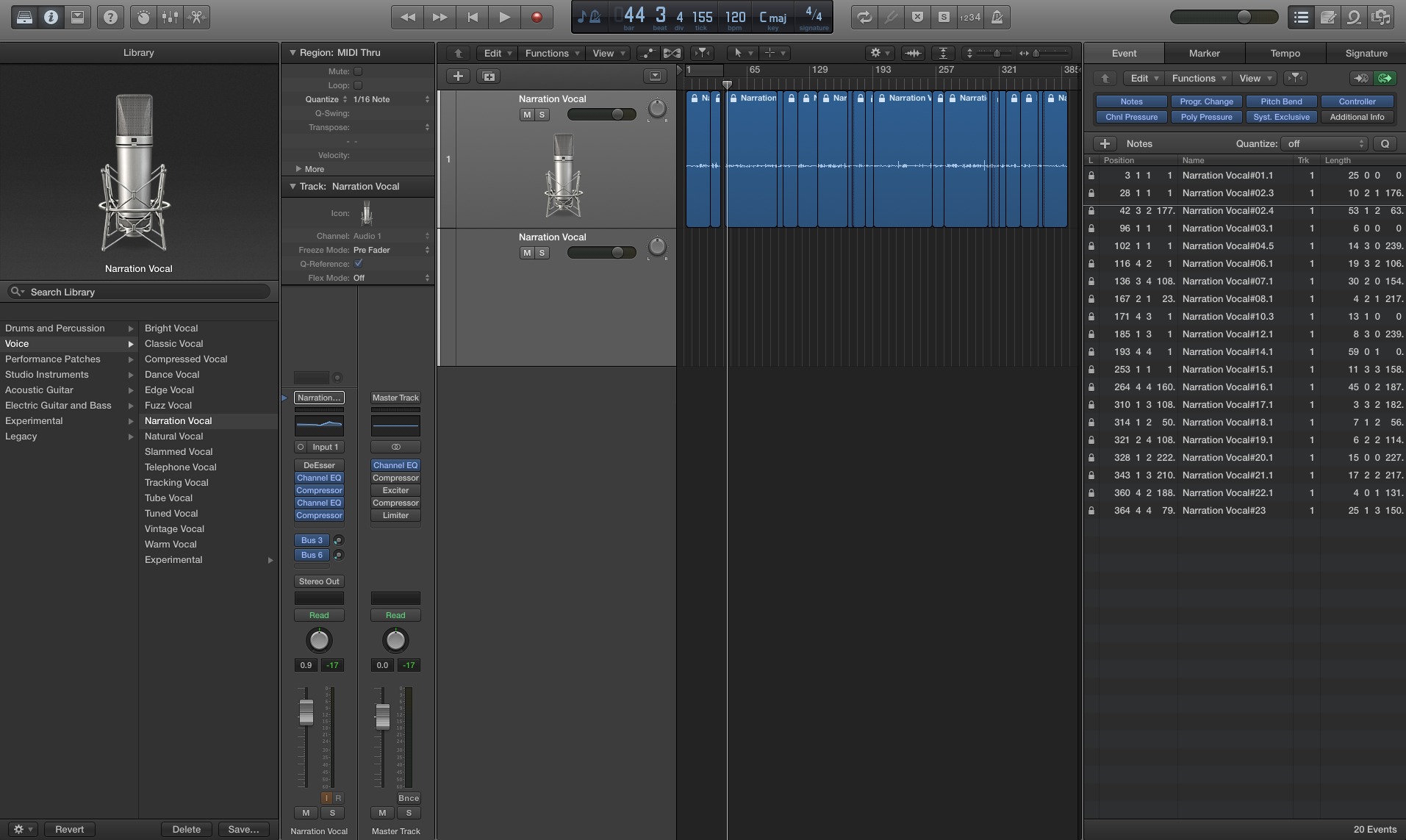

MIDI
How To Change Tempo Of MIDI Clip Without Changing Master Tempo
Published: February 20, 2024
Learn how to change the tempo of a MIDI clip without affecting the master tempo. Discover the best techniques for manipulating MIDI clips with ease.
(Many of the links in this article redirect to a specific reviewed product. Your purchase of these products through affiliate links helps to generate commission for AudioLover.com, at no extra cost. Learn more)
Table of Contents
Introduction
MIDI, which stands for Musical Instrument Digital Interface, has revolutionized the way music is created, recorded, and produced. It allows musicians and producers to manipulate various musical elements with precision, including tempo. Tempo, the speed at which a piece of music is played, is a fundamental aspect of music production. It sets the pace, mood, and energy of a composition.
In the realm of MIDI, the concept of tempo is closely tied to the master tempo of a project. The master tempo serves as the overarching speed control, dictating the tempo for the entire composition. However, there are instances where you may want to change the tempo of a specific MIDI clip without altering the master tempo. This could be to create a dynamic shift within a section of the music or to align the MIDI clip with other elements in the project.
In this article, we will explore the intricacies of MIDI tempo and master tempo, and delve into the methods for changing the tempo of a MIDI clip without affecting the master tempo. By understanding these techniques, you can unlock a world of creative possibilities and refine your music production skills. Let's embark on this journey to discover how to manipulate MIDI tempo with finesse and precision.
Understanding MIDI Tempo and Master Tempo
In the realm of music production, tempo plays a pivotal role in shaping the rhythmic structure and overall feel of a composition. When working with MIDI, understanding the nuances of tempo becomes even more crucial. MIDI tempo refers to the speed at which musical events occur within a MIDI sequence. It is measured in beats per minute (BPM) and serves as the framework for aligning musical elements in a cohesive manner.
At the core of MIDI tempo lies the concept of the master tempo. The master tempo serves as the governing force that dictates the overall speed of a project. It acts as the universal reference point, influencing the tempo of all MIDI clips and tracks within the composition. When you adjust the master tempo, it impacts the entire musical arrangement, shifting the pace and energy across the board.
The relationship between MIDI tempo and master tempo is akin to a conductor guiding an orchestra. The master tempo conducts the ensemble, setting the tempo for the entire musical piece, while MIDI tempo acts as the individual instructions for each instrument, dictating their specific timing and pace.
When working with MIDI, the ability to manipulate tempo with precision opens up a realm of creative possibilities. It allows for subtle nuances, dramatic shifts, and seamless integration of diverse musical elements. However, there are instances where you may want to alter the tempo of a specific MIDI clip without disrupting the overarching pace set by the master tempo. This is where a nuanced understanding of MIDI tempo and master tempo becomes invaluable.
By comprehending the interplay between MIDI tempo and master tempo, you gain the insight to navigate the intricate landscape of music production. This knowledge empowers you to craft compositions with fluidity and finesse, seamlessly weaving together diverse musical elements while maintaining a cohesive rhythmic structure.
In the following sections, we will explore the methods for changing the tempo of a MIDI clip without impacting the master tempo, allowing you to harness the full potential of MIDI tempo manipulation in your music production endeavors.
Methods for Changing Tempo of MIDI Clip Without Changing Master Tempo
When it comes to altering the tempo of a specific MIDI clip without affecting the master tempo, several techniques can be employed to achieve this nuanced adjustment. These methods offer flexibility and precision, enabling you to tailor the tempo of individual MIDI clips while preserving the overarching pace set by the master tempo. Let's delve into two effective approaches for accomplishing this seamless tempo manipulation.
Method 1: Using Time-Stretching
Time-stretching is a powerful tool that allows you to adjust the duration and tempo of a MIDI clip without altering its pitch. This method is particularly useful when you want to align a MIDI clip with a specific tempo while retaining its original pitch and tonality. Most modern digital audio workstations (DAWs) offer robust time-stretching capabilities, providing a user-friendly interface for manipulating the tempo of MIDI clips.
To utilize time-stretching, simply select the MIDI clip you wish to modify and access the time-stretching feature within your DAW. From there, you can adjust the tempo of the MIDI clip while preserving its pitch, ensuring a seamless integration with the existing composition. This method empowers you to fine-tune the tempo of individual MIDI clips with precision, allowing for cohesive synchronization within the broader musical arrangement.
Method 2: Using MIDI Effects
Another effective approach for changing the tempo of a MIDI clip without impacting the master tempo involves leveraging MIDI effects. Many DAWs offer a diverse array of MIDI effects, including time-based processors that enable tempo manipulation at the clip level. By applying MIDI effects specifically designed for tempo adjustment, you can tailor the tempo of individual MIDI clips while maintaining the integrity of the master tempo.
These MIDI effects provide a versatile toolkit for sculpting the rhythmic dynamics of your composition, allowing you to infuse distinct tempos within different sections of the music. Whether you seek a gradual tempo shift or a sudden acceleration, MIDI effects offer the creative freedom to shape the tempo of MIDI clips with finesse and artistry.
By harnessing the power of time-stretching and MIDI effects, you can adeptly modify the tempo of MIDI clips without disrupting the master tempo, fostering a harmonious coexistence between individual rhythmic elements and the overarching pace of the composition.
Incorporating these methods into your music production workflow empowers you to sculpt dynamic and expressive compositions, where each MIDI clip resonates with precision and purpose within the larger musical tapestry. Embracing the art of tempo manipulation at the clip level opens a realm of creative exploration, allowing you to craft compositions that flow with fluidity and coherence while showcasing diverse rhythmic intricacies.
Through these techniques, you can elevate your music production endeavors, infusing your compositions with a nuanced rhythmic palette that captivates listeners and resonates with emotive depth. As you embark on this journey of tempo manipulation, may your creative endeavors flourish, guided by the seamless fusion of master tempo and the dynamic tempo adjustments within individual MIDI clips.
Method 1: Using Time-Stretching
Time-stretching stands as a versatile and indispensable technique in the realm of MIDI production, offering a powerful means to manipulate the tempo of a MIDI clip without compromising its pitch and tonality. This method serves as a cornerstone for precision tempo adjustments, enabling seamless integration of MIDI clips within a composition while preserving their inherent musical characteristics.
When employing time-stretching, you embark on a journey of temporal refinement, where the duration and tempo of a MIDI clip can be delicately tailored to align with the desired rhythmic framework. This process unfolds within the digital domain, where modern digital audio workstations (DAWs) provide intuitive tools for executing time-stretching with finesse and precision.
The essence of time-stretching lies in its ability to elongate or compress the timeline of a MIDI clip without distorting its pitch. This means that you can adjust the tempo of the MIDI clip while retaining its original musical pitch and tonal characteristics. As a result, the inherent musicality of the MIDI clip remains intact, ensuring a seamless and harmonious integration within the broader composition.
By engaging with the time-stretching feature within your DAW, you gain the power to finely adjust the tempo of a MIDI clip, aligning it with the desired rhythmic pace while upholding its musical integrity. This level of control empowers you to sculpt the temporal nuances of individual MIDI clips with precision, fostering a cohesive and fluid rhythmic interplay within the composition.
The utilization of time-stretching transcends mere tempo adjustment, offering a gateway to artistic expression and meticulous rhythmic refinement. It enables you to seamlessly synchronize MIDI clips with diverse tempos, creating dynamic shifts and subtle variations that enrich the musical narrative. Whether you seek to infuse a sense of urgency or introduce a gradual ebb and flow, time-stretching serves as a conduit for shaping the temporal landscape of your compositions with artistry and finesse.
In essence, time-stretching emerges as a cornerstone technique for altering the tempo of MIDI clips without disrupting the overarching pace set by the master tempo. It embodies a realm of creative possibility, where temporal manipulation converges with musical expression, allowing you to craft compositions that resonate with rhythmic coherence and emotive depth.
Through the art of time-stretching, you embark on a journey of temporal refinement, where each MIDI clip finds its rhythmic resonance within the broader musical tapestry, guided by the seamless fusion of master tempo and the dynamic tempo adjustments within individual MIDI clips.
Method 2: Using MIDI Effects
Harnessing the power of MIDI effects stands as a transformative approach for altering the tempo of a MIDI clip without disrupting the master tempo. Within the realm of music production, MIDI effects serve as a versatile toolkit, offering an array of processors and manipulators designed to sculpt the sonic and rhythmic characteristics of MIDI data.
When it comes to tempo manipulation, MIDI effects provide a nuanced avenue for refining the rhythmic dynamics of individual MIDI clips. These effects, integrated within modern digital audio workstations (DAWs), bestow upon producers a canvas for artistic expression, allowing them to infuse distinct tempos within different sections of a composition while maintaining the cohesive flow of the overarching musical narrative.
One of the key advantages of utilizing MIDI effects for tempo adjustment lies in their precision and adaptability. These effects offer a tailored approach to tempo manipulation, enabling producers to finely sculpt the rhythmic nuances of MIDI clips with artistry and finesse. Whether seeking a gradual tempo shift or a sudden acceleration, MIDI effects provide the creative freedom to shape the tempo of MIDI clips in a manner that resonates with the emotive depth of the composition.
Moreover, MIDI effects serve as catalysts for dynamic rhythmic exploration, allowing producers to introduce subtle variations and intricate rhythmic patterns within their compositions. By leveraging MIDI effects for tempo adjustment, producers can unlock a realm of creative possibilities, sculpting compositions that pulsate with rhythmic coherence and expressive depth.
The integration of MIDI effects into the tempo manipulation process fosters a harmonious coalescence between individual rhythmic elements and the overarching pace set by the master tempo. This seamless fusion empowers producers to craft compositions that flow with fluidity and coherence, where each MIDI clip resonates with precision and purpose within the larger musical tapestry.
In essence, the utilization of MIDI effects for tempo adjustment stands as a testament to the artistry and ingenuity inherent in music production. It represents a convergence of technical prowess and creative vision, where the rhythmic intricacies of a composition are meticulously shaped to evoke emotive resonance and captivate listeners.
Through the adept application of MIDI effects, producers embark on a journey of rhythmic exploration, infusing their compositions with a nuanced palette of tempos and textures. This transformative process unfolds within the digital domain, where the marriage of master tempo and dynamic tempo adjustments within individual MIDI clips yields compositions that resonate with rhythmic vitality and artistic depth.
Conclusion
In the realm of MIDI music production, the ability to manipulate tempo with precision and artistry is paramount. The methods for changing the tempo of a MIDI clip without altering the master tempo, namely time-stretching and the utilization of MIDI effects, stand as pillars of creative exploration and rhythmic refinement.
By delving into the intricacies of time-stretching, producers gain access to a realm of temporal finesse, where the duration and tempo of MIDI clips can be delicately tailored to align with the desired rhythmic framework. This technique serves as a conduit for seamless synchronization, allowing MIDI clips to seamlessly integrate within the broader composition while preserving their inherent musical characteristics. The art of time-stretching transcends mere tempo adjustment, offering a gateway to artistic expression and meticulous rhythmic refinement. It empowers producers to sculpt the temporal nuances of individual MIDI clips with precision, fostering a cohesive and fluid rhythmic interplay within the composition.
Similarly, the utilization of MIDI effects for tempo adjustment heralds a transformative approach to rhythmic exploration. These effects, integrated within modern digital audio workstations, bestow upon producers a canvas for artistic expression, allowing them to infuse distinct tempos within different sections of a composition while maintaining the cohesive flow of the overarching musical narrative. The precision and adaptability of MIDI effects offer a tailored approach to tempo manipulation, enabling producers to finely sculpt the rhythmic nuances of MIDI clips with artistry and finesse. Through the adept application of MIDI effects, producers embark on a journey of rhythmic exploration, infusing their compositions with a nuanced palette of tempos and textures.
In essence, the seamless fusion of master tempo and the dynamic tempo adjustments within individual MIDI clips yields compositions that resonate with rhythmic vitality and artistic depth. This convergence of technical prowess and creative vision allows producers to craft compositions that flow with fluidity and coherence, where each MIDI clip resonates with precision and purpose within the larger musical tapestry.
As producers continue to harness the power of time-stretching and MIDI effects, they elevate their music production endeavors, infusing their compositions with a nuanced rhythmic palette that captivates listeners and resonates with emotive depth. Through these techniques, the rhythmic intricacies of a composition are meticulously shaped to evoke emotive resonance, showcasing the transformative potential of tempo manipulation within the realm of MIDI music production.

